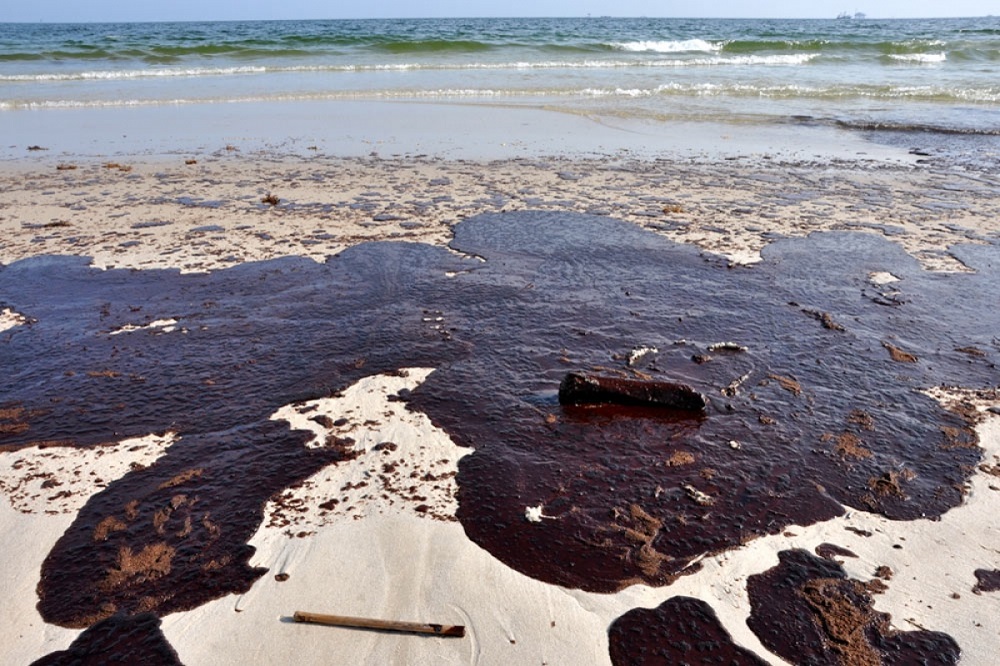RIO DE JANEIRO, BRAZIL – The toxic material has made its way into Environmental Protection Areas (APAs) such as Santa Isabel, Pirambu (Sergipe), Piaçabuçu (Alagoas) and Delta do Parnaíba (Piauí), in addition to the national parks of Jijoca de Jericoacoara (Ceará) and Lençóis Maranhenses (Maranhão).
According to the latest report by the Brazilian Institute for the Environment and Renewable Natural Resources (IBAMA), so far 133 beaches have been affected in 61 municipalities in the nine northeastern states.

Biologist Cláudio Sampaio, professor of biology and fishing engineering, says that areas already damaged by human activity have been impacted, which will enhance the effects of the spill.
“These environments are now vulnerable as a result of a number of impacts, such as pollution, global warming, the introduction of exotic species, disorderly tourism and overfishing, people fishing more than the capacity of the ecosystems to replenish themselves,” says Sampaio.
He says that “the environment rebuilds itself, but once contaminated it may take decades to recover”.
Social and economic impacts
In addition to the environmental disaster, experts caution about the consequences for tourism, the economy and even for food.
This is because “the mangrove areas, and marine grasses, are important breeding grounds for various species of commercial, ecological and tourist value, such as fish, lobsters, shrimps, manatees, and turtles,” says Sampaio.
According to Adema (State Environmental Administration), in Sergipe, crabs, blue land crabs, and mangrove tree crabs died when the oil invaded their habitat. “The substance is dense and directly affects the survival of marine animals,” explains ADEMA.
Biologist Natali Ristau, founder, and president of the Amares Institute, which monitors marine life in Maranhão, also says that a month after the slicks appeared, “we are seeing a small fraction of the problem”.
She says the oil has spread throughout the coast of Maranhão and is present both in the open sea and on the beach sands.
“We know that even small particles can be lethal if ingested by animals. The material is toxic and if it is carried by sea, we can expect a dilution and dissipation of some chemical compounds, and a resulting absorption by filtering organisms, such as oysters and other shellfish.”
“That is only one of the problems. Bearing this in mind, we can imagine the chain effect for animals and humans who use fishing resources for survival,” says the biologist.

River protection
The Sergipe government announced that it is taking measures to protect river waters, because oily slicks have been found near the mouths of important rivers, like São Francisco and the Jacaré.
Soon absorbent buoys will be installed so that the oil does not enter the rivers: “We are calling on the agencies and companies that have greater expertise in the subject to contain and not contaminate our rivers, since it entails the human supply,” says the State Secretary of Urban Development and Sustainability, Ubirajara Barreto.
Source: UOL

